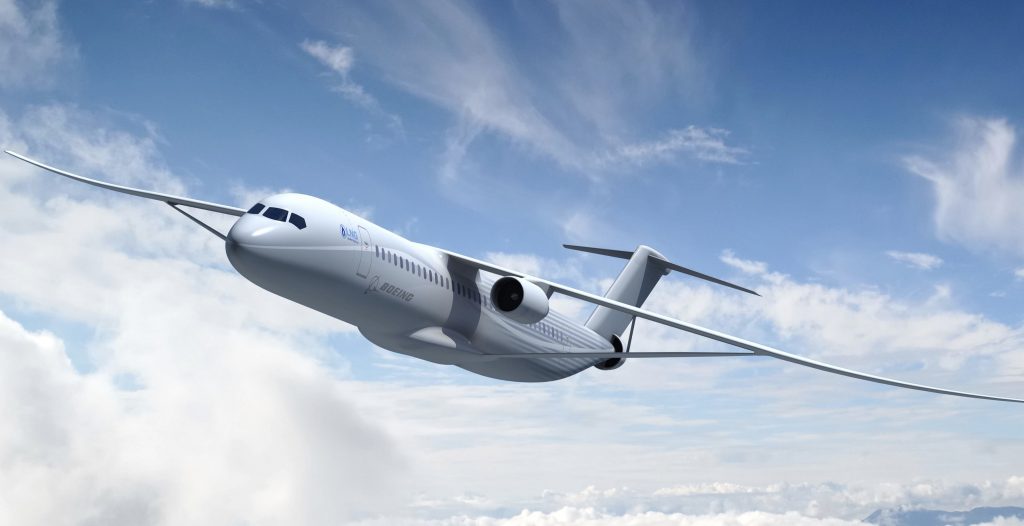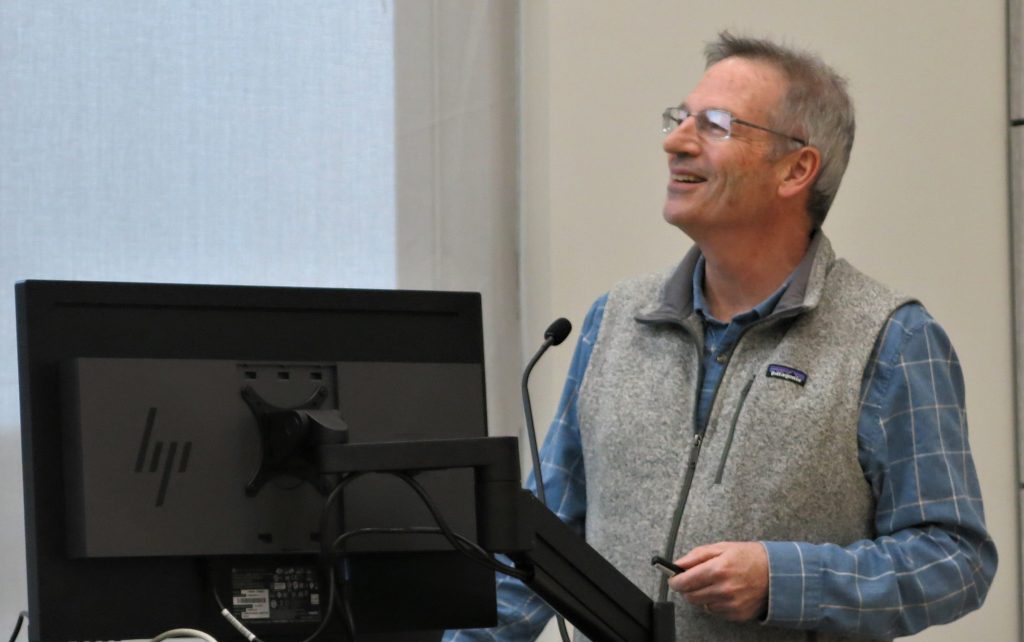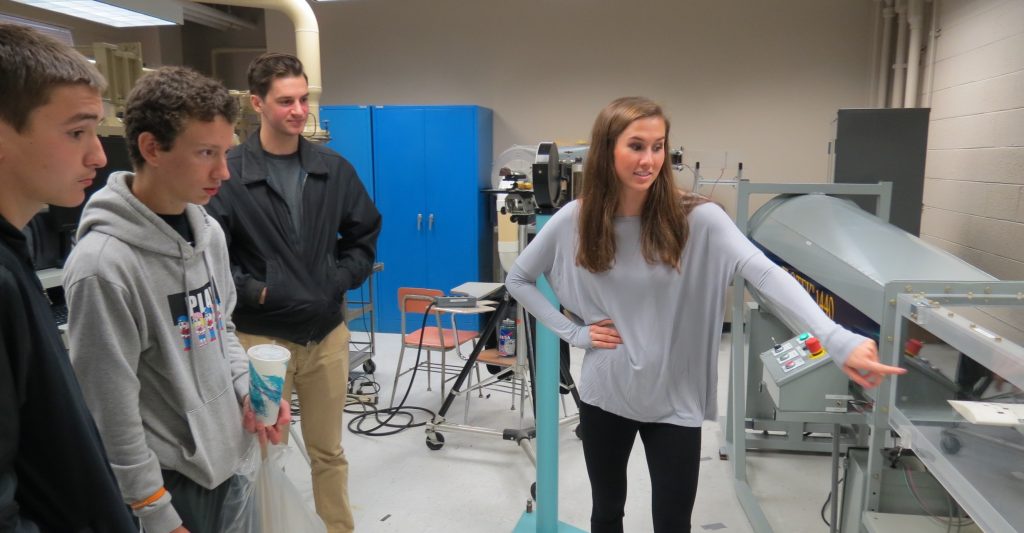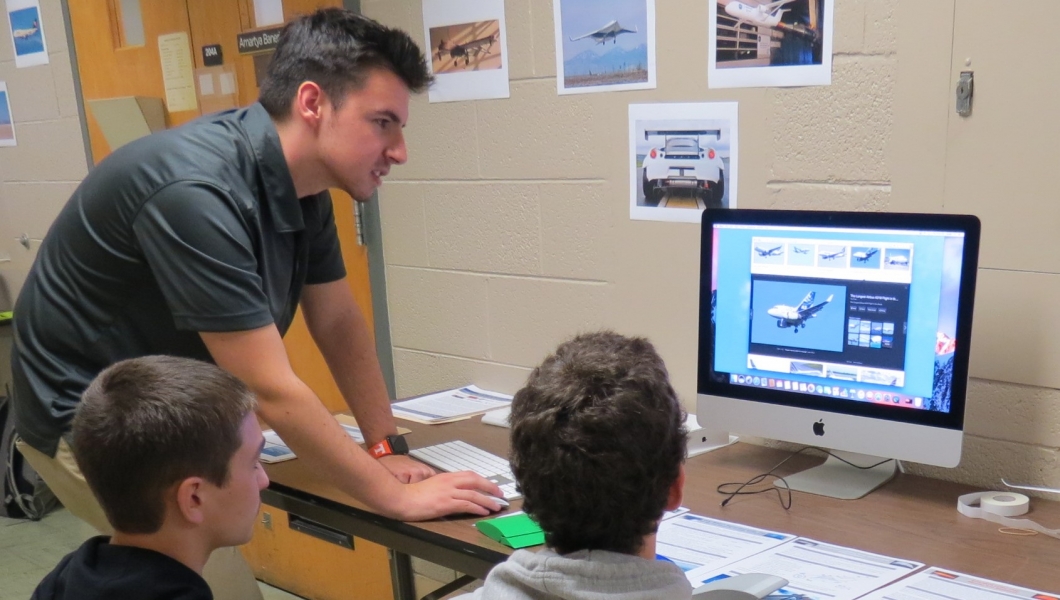Who we are…
The University Leadership Initiative (ULI) is a five-year research and educational outreach project funded by the National Aeronautics and Space Administration (NASA). NASA selected the University of Tennessee, Knoxville (UT) to lead the Advanced Aerodynamic Design Center for Ultra-Efficient Commercial Vehicles. The center is charged with developing an ultra-efficient aircraft. This task brings together six universities and two aviation companies. Research efforts focus on designing a more aerodynamic wing that reduces weight and drag. This wing will harness laminar or “smooth” air flow to make flight more efficient. This innovation has the potential to revolutionize the aviation industry by reducing fuel consumption by up to 70% compared with baseline consumption rates. This will translate to cheaper flights, fewer emissions and less noise pollution.
What we do…
The UT-led center plans to apply slotted natural-laminar flow technology broadly in order to maximize its impact. The wing will be integrated into a revolutionary, next-generation aircraft configuration. Researchers have set their sights on improving the most common type of commercial aircraft: 100+ passenger size planes. Partnering with the private-sector will make sure that the research is applied and scaled up for commercial aviation.

The NASA ULI project will design an improved wing to integrate with the Subsonic Ultra Green Aircraft Research (SUGAR) Transonic Truss-Braced Wing Aircraft configuration.
The results from the ULI center’s research will be shared widely. Team researchers hope that the ultra-efficient wing will serve as a building block for further innovation in aircraft design. The process of developing an improved wing will push researchers to explore new enabling technologies and computational methods. Members will present findings from this research at conferences and in journal publications.

Dimitri Mavriplis (UWyo) presents research on design optimization at the mid-term program review
The ULI project frames the development of a more aerodynamic wing as an essential challenge for making air travel more efficient. Overcoming this challenge will draw on the multidisciplinary expertise of the center’s members. As part of this process, the project seeks to contribute the next generation of researchers and engineers. Students will be involved in every step of research: from developing capabilities for design and optimization, to carrying out testing and analysis, to finally demonstrating a viable concept. Students will gain hands-on experience working under the guidance of project investigators as research assistants and interns.
The ULI will fund some 30 students and interns to participate in activities over the course of the project. Research opportunities will be geared primarily towards graduate and post-graduate students; however, there will be opportunities for undergraduate students to take part in project research during the Summer academic semester. Undergraduates will also play an important role in the education and outreach component of the project. Students will take leadership in developing and disseminating teaching modules based on the aeronautic concepts pursued by project research. These concepts will also be integrated into undergraduate course curriculum.

Michelle McNamara (UTK) demonstrates different flow regimes in a subsonic wind tunnel during the University of Tennessee’s Engineers Day.

